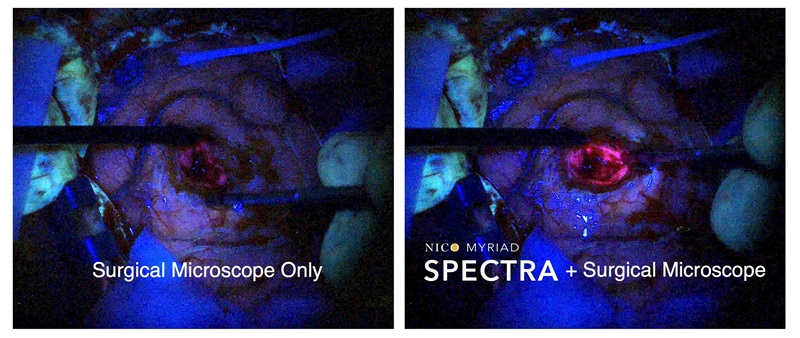Infection Risk Minor in Outpatient Surgery
By HospiMedica International staff writers
Posted on 05 Mar 2014
A new study shows that rates of postsurgical visits for clinically significant surgical site infections (CS-SSIs) following low- to moderate-risk ambulatory surgery are low relative to all causes.Posted on 05 Mar 2014
Researchers at the US Agency for Healthcare Research and Quality (AHRQ; Rockville, MD; USA), Truven Health Analytics (Bethesda, MD, USA), and other institutions conducted a retrospective analysis of ambulatory surgical procedures complicated by CS-SSIs that required a postsurgical acute care visit. Index cases included 284,098 ambulatory surgical procedures (general surgery, orthopedic, neurosurgical, gynecologic, and urologic) in adult patients with low surgical risk. The main outcomes and measures were rates of 14- and 30-day postsurgical acute care visits for CS-SSIs following ambulatory surgery.
The results showed that 63.7% of all visits for CS-SSIs occurred within 14 days of the surgery, and 93.2% required inpatient treatment. The overall rate of visits for SSIs was 3.09 per 1,000 procedures during the first 14 days, while extending the period to 30 days resulted in a rate of 4.84 visits per 1,000 procedures. The rate of visits for SSIs varied by procedure: for example, at 14 days, the rate was 0.27 per 1,000 laparoscopic repairs of inguinal or femoral hernias, compared to 6.44 per 1,000 vaginal hysterectomies. The study was published in the February 19, 2014, issue of JAMA.
“The chance of a clinically significant infection after ambulatory surgery is relatively small; nonetheless, outpatient surgery related infections account for roughly one in five healthcare-associated infections,” concluded lead author Claudia Steiner, MD, and colleagues. “That seeming contradiction is explained by the fact that ambulatory surgery accounts for more than 63% of all operations in the US, so the absolute number of affected patients is large.”
Surgical site infections (including nonclinically significant ones) occur in approximately 2%–5% of patients who undergo clean extra-abdominal surgeries, such as thoracic and orthopedic surgery, and in up to 20% of patients who undergo intra-abdominal surgery interventions.
Related Links:
Agency for Healthcare Research and Quality
Truven Health Analytics













.jpg)
